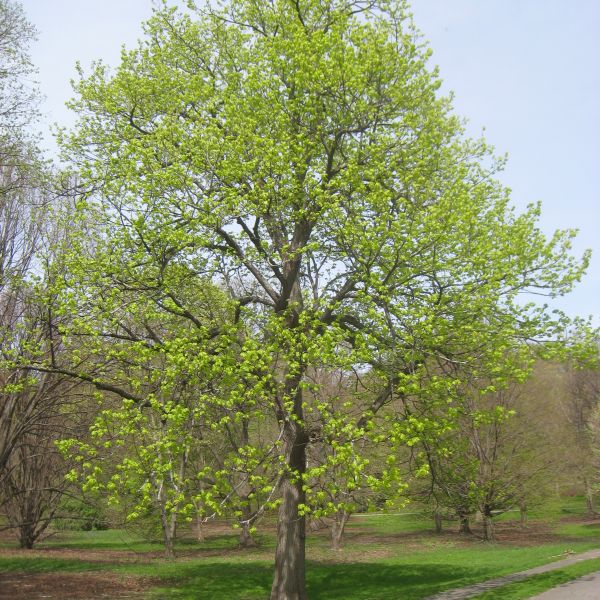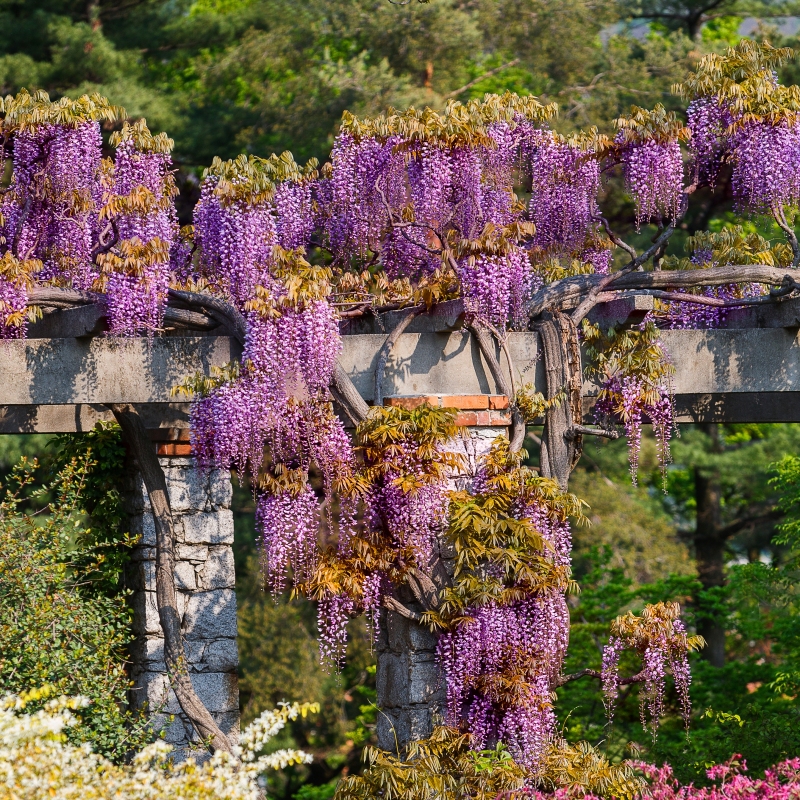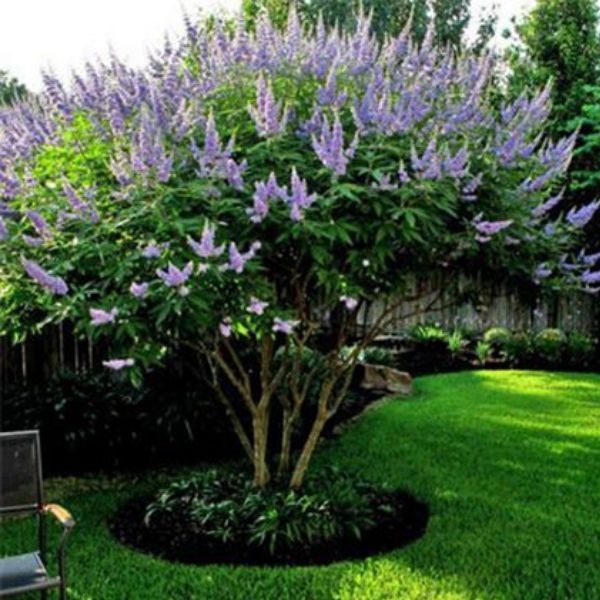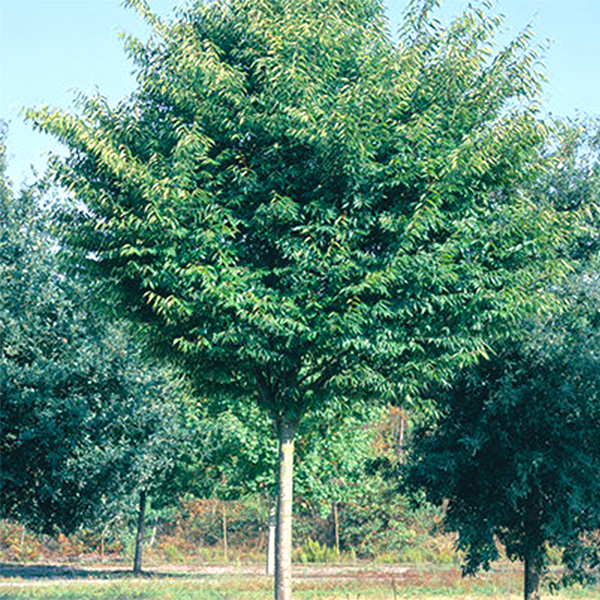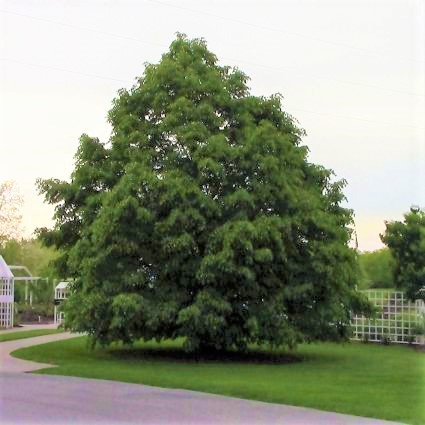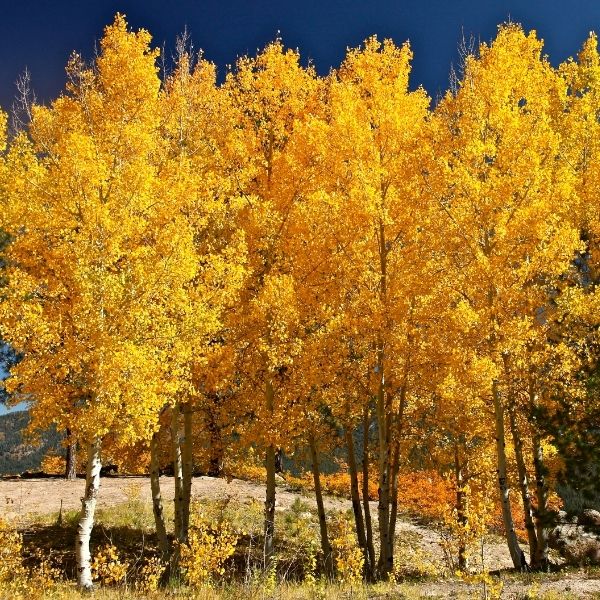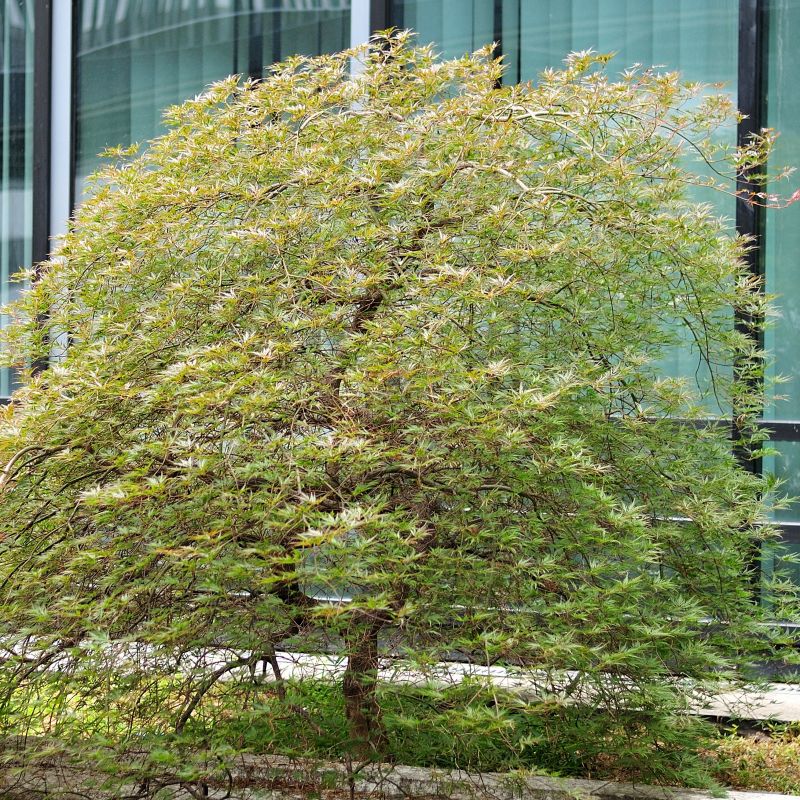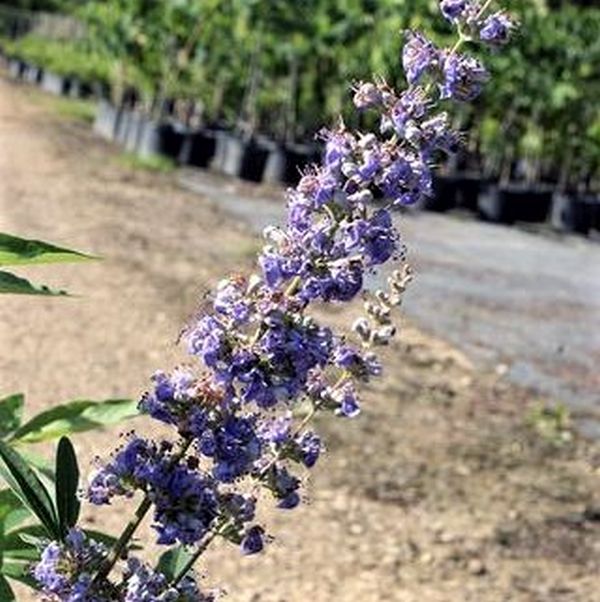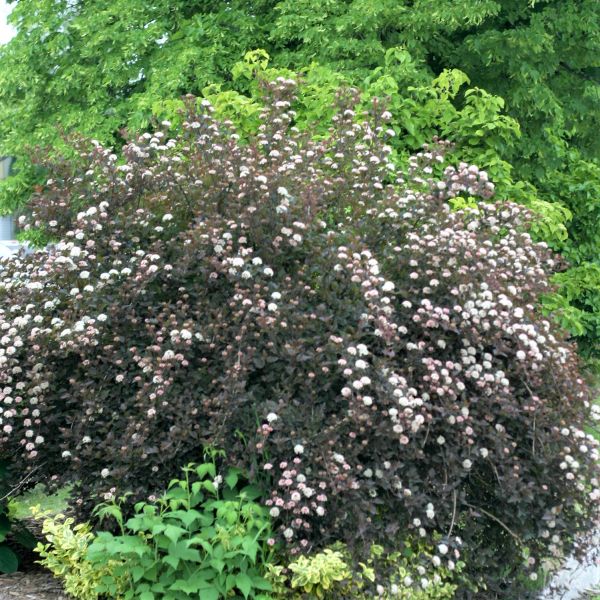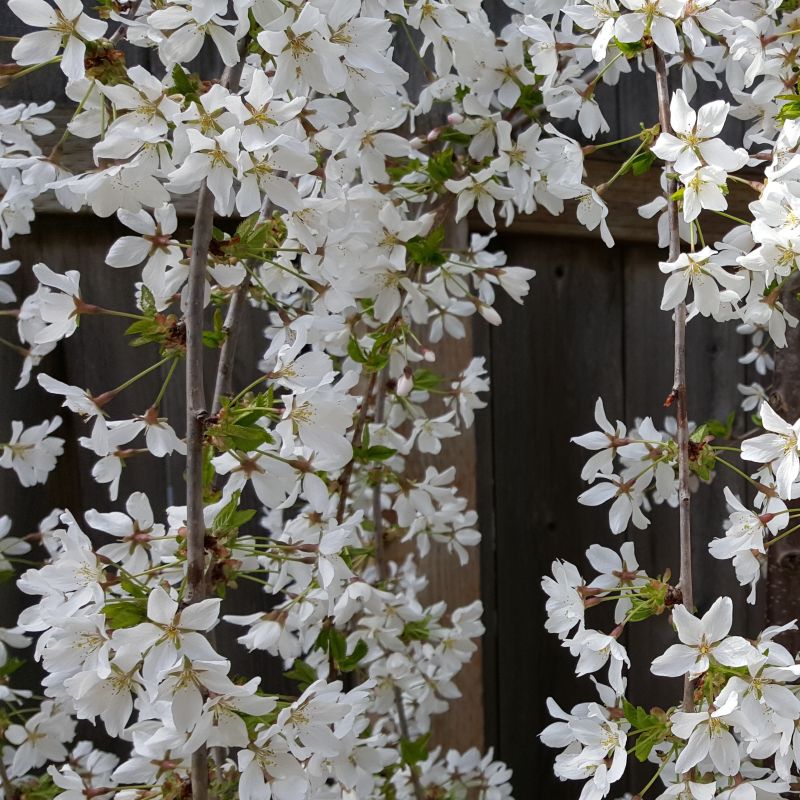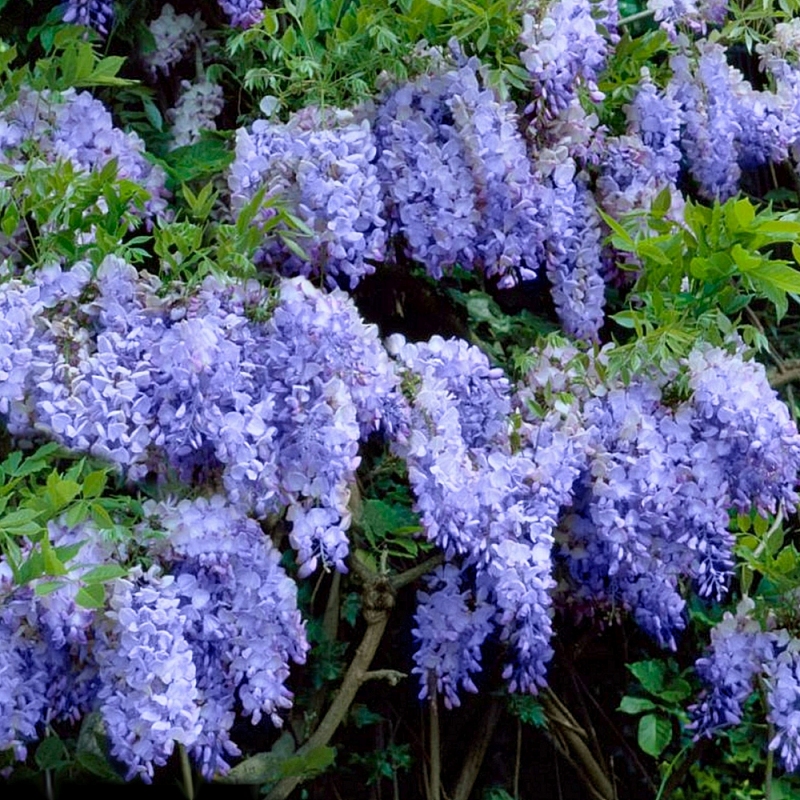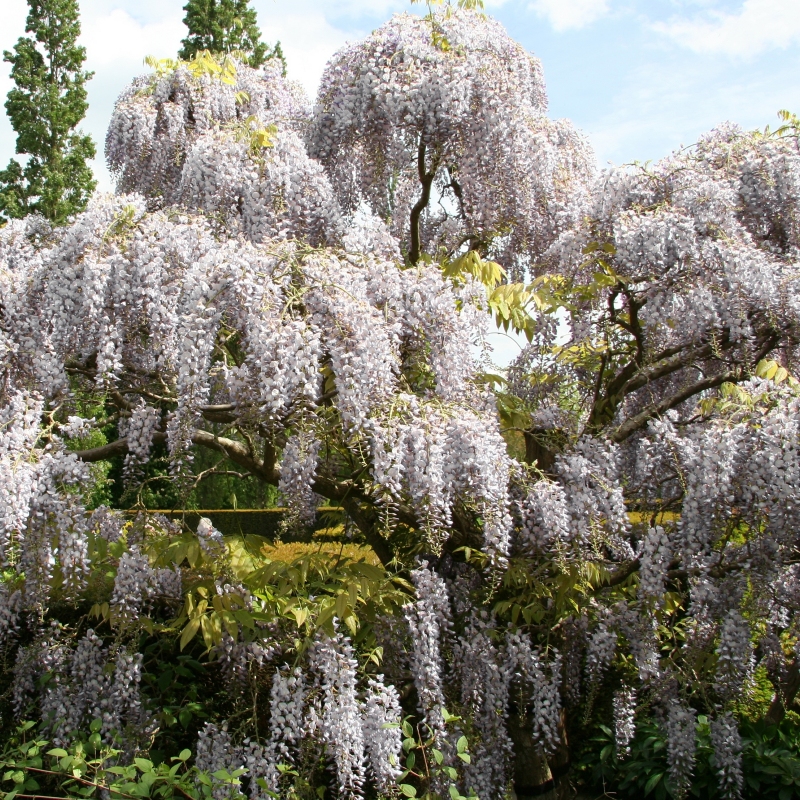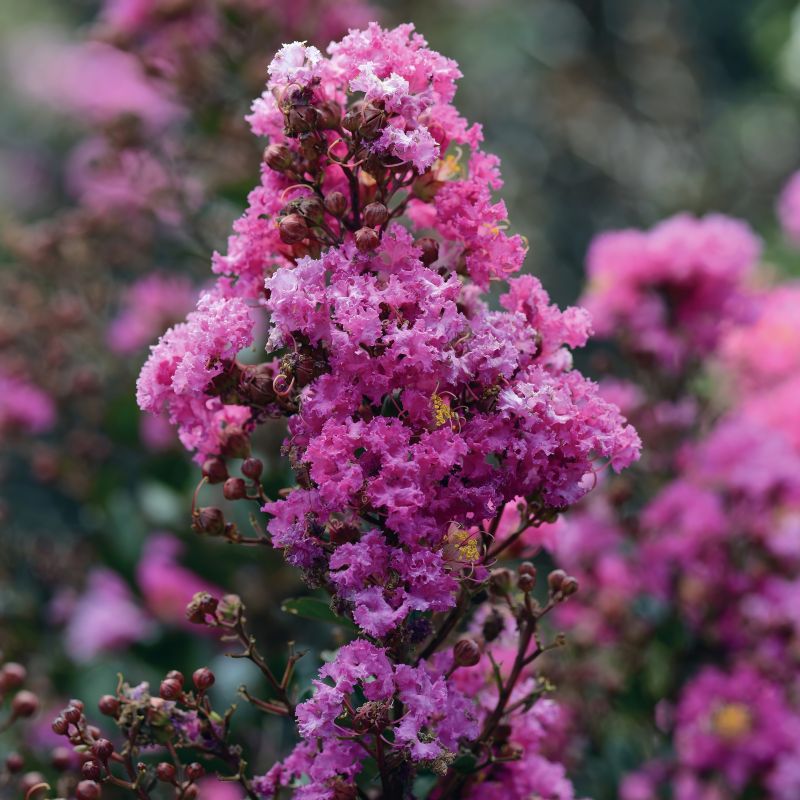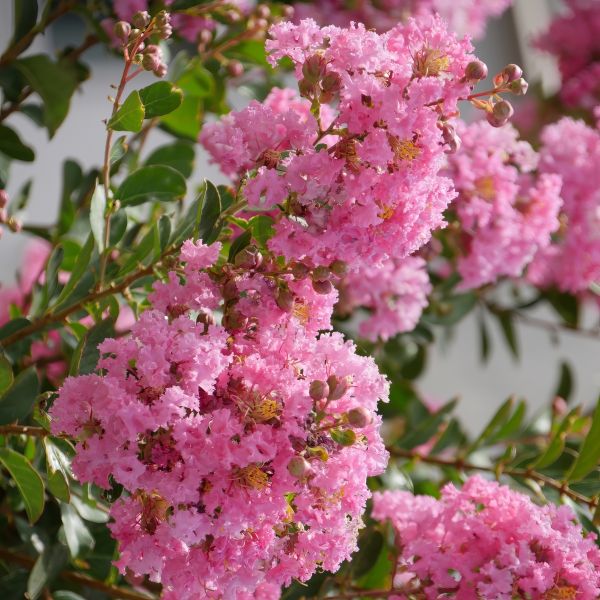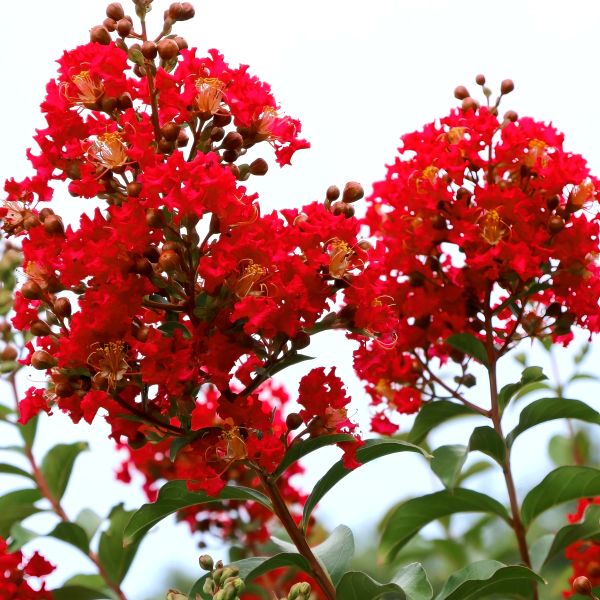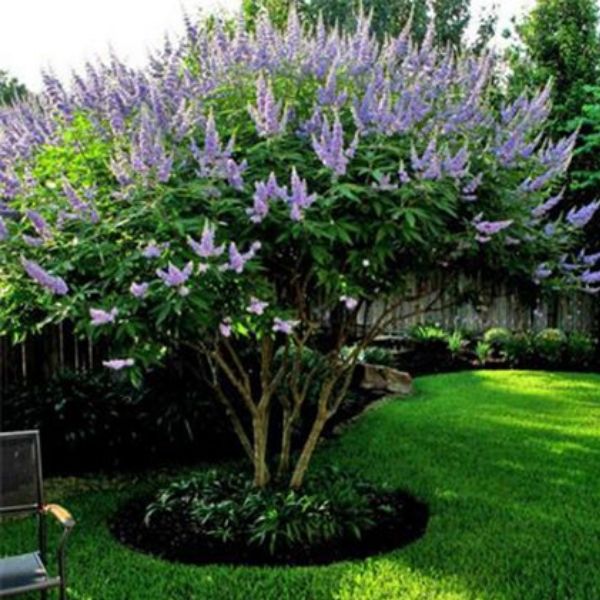
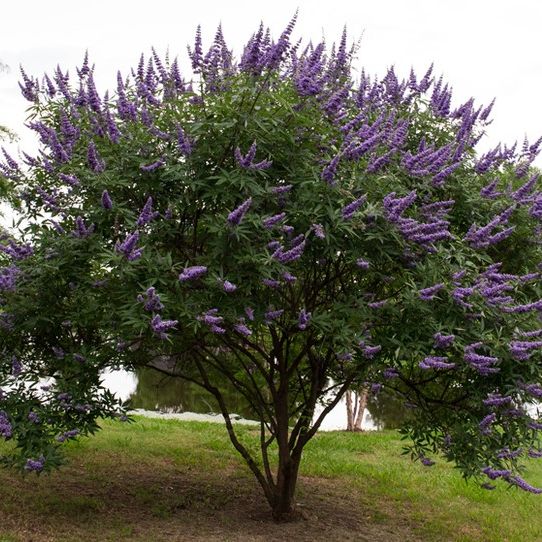
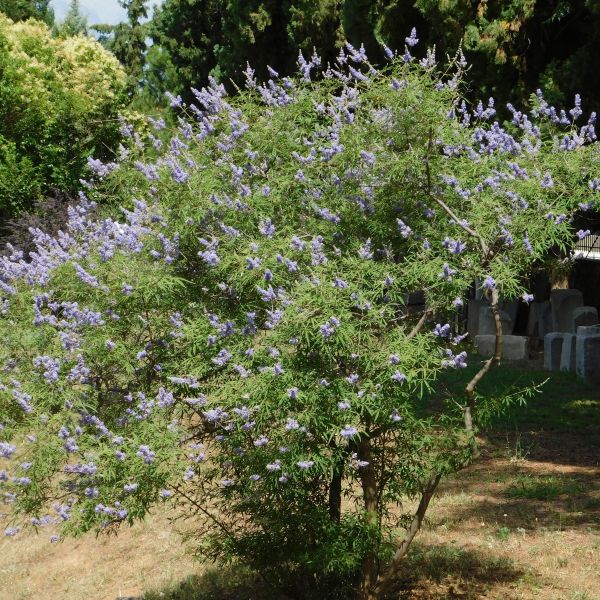
Chaste Tree
Vitex agnus-castus
45 reviews
Chaste Tree
Vitex agnus-castus
45 reviews
- Known for its ability to support hormonal balance
- Traditionally used to ease symptoms of PMS and menopause
- May help regulate menstrual cycles and reduce symptoms of acne
- Recommended by landscape designers for optimal fit in real yards
$75.00
$108.00
30% Off
- Ships to 43215 in 3 to 7 days
- Free Shipping Over $150
- Plant Arrival Guarantee
- In Stock
- Free Plant Consult
$200 - Landscape-Approved: Every Plant We Sell Comes With Design Expertise Behind It
- 2.5 Gallon 2-3 Feet Shrub Form
- Quart Container Shrub Form
- 1 Gallon Shrub Form
- 2.5 Gallon 3-4 Feet Shrub Form
Not just beautiful - intentionally selected by ShrubHub's 3D landscape design team to fit real-world spaces and maximize yard potential.
Why Chaste Tree?
Chaste Tree, also known as Vitex agnus-castus, is a plant commonly used in herbal medicine for a variety of conditions. It is believed to help regulate hormone levels, particularly in women, and has been used to treat symptoms of PMS, menopause, and infertility. Chaste Tree is also said to have anti-inflammatory and antidepressant properties. It can be taken as a supplement or brewed as a tea.
People who loved this plant also bought
Sunlight
Chaste trees (Vitex agnus-castus) require full sun exposure for optimal growth and flowering.
Watering
Chaste Trees require regular watering, especially during hot and dry periods. The soil should be kept consistently moist but not waterlogged. It is recommended to water deeply but infrequently to encourage deep root growth.
Fertilizing
Chaste Trees require a balanced fertilizer with a ratio of nitrogen, phosphorus, and potassium (N-P-K) of 10-10-10 or 12-12-12. Apply the fertilizer once in early spring and again in late summer to promote healthy growth.
Introducing the Chaste Tree: Your Ultimate Solution for Hormonal Balance
Are you looking for a natural way to balance your hormones and improve your overall health and well-being? Look no further than the Chaste Tree!
Also known as Vitex, the Chaste Tree is a beautiful and versatile tree that has been used for centuries to support women's health. Its unique properties help regulate the production of hormones, making it an effective solution for menstrual irregularities, PMS, and menopause symptoms.
But the benefits of the Chaste Tree don't end there. This tree also has practical benefits for your landscape. It can grow up to 20 feet tall and has a beautiful crown of foliage that turns a stunning purple color in the summer. Its fragrant flowers attract butterflies and hummingbirds, making it a great addition to any garden or yard.
The Chaste Tree is easy to care for and can adapt to a variety of soil types and climates. Its drought-tolerant nature makes it a great choice for those living in hot and dry areas.
Investing in the Chaste Tree is a smart choice that will provide years of benefits for your health and your landscape. Don't miss out on the opportunity to add this beautiful and practical tree to your life today!
Satisfied customers rave about the benefits of the Chaste Tree. With its ability to naturally balance hormones and improve overall health, it's no wonder why this tree is a favorite among health-conscious individuals.
Take action now and purchase the Chaste Tree to improve your hormonal balance and enhance the beauty of your landscape. You won't regret it!
Plant Information:
| Botanical Name: | Vitex agnus-castus |
| USDA Zones: | 6 - 9 |
| Water: | Moderate to Low |
| Exposure: | Full Sun |
| Soil Needs: | Well-Drained |
| Mature Height: | 15 - 25 feet |
| Mature Spread: | 15 - 25 feet |





Pollination Info
Pollination Info for Chaste Tree (Vitex agnus-castus)
Chaste tree (Vitex agnus-castus), also known as monk’s pepper, is a small tree or large shrub. It is native to the Mediterranean and Central Asia, but is widely cultivated in other regions as an ornamental plant. Chaste tree produces fragrant spikes of flowers from summer to autumn.
Chaste tree is an important plant for pollinators such as bees, butterflies, and hummingbirds. The flowers are rich in nectar, which attracts these insects and birds. The nectar is produced at the base of the flowers and is accessible to pollinators with long tongues.
Chaste tree is primarily pollinated by bees, especially honeybees and bumblebees. They are attracted to the purple or blue flowers, which have a pleasant scent. Bumblebees are the most efficient pollinators of chaste tree, as they are able to use a technique called buzz pollination to release pollen from the flowers. Honeybees also collect pollen from chaste tree, but they are not as efficient as bumblebees.
Butterflies and hummingbirds may also visit chaste tree flowers for nectar, but they are not considered significant pollinators.
In conclusion, chaste tree is an important plant for bees and other pollinators. It produces fragrant flowers that are rich in nectar, which attracts bees and provides them with pollen. Bumblebees are the most efficient pollinators of chaste tree, while honeybees, butterflies and hummingbirds may also visit the flowers.
FAQ
Chaste Tree (Vitex agnus-castus) FAQ
What is Chaste Tree?
Chaste Tree (Vitex agnus-castus) is a small shrub native to the Mediterranean and Central Asia. Its berries have been used for centuries in traditional medicinal practices, particularly for women's health.
What are the benefits of Chaste Tree?
Chaste Tree berries have been shown to regulate hormones, particularly in women, and can be used to alleviate symptoms of premenstrual syndrome (PMS), menopause, and infertility. It also has anti-inflammatory and pain-relieving properties and has been used to treat headaches and migraines.
How do you take Chaste Tree?
Chaste Tree can be taken in supplement form, usually as a capsule or tincture. It is recommended to take it in the morning on an empty stomach, and it may take several months of consistent use to see results. It is important to consult with a healthcare provider before taking any new supplements, especially if you are pregnant or taking other medications.
Are there any side effects of Chaste Tree?
Although rare, some people may experience side effects such as nausea, upset stomach, or skin rash. It should not be taken by individuals with hormone-sensitive cancers or by those on prescription hormone medications.
Can Chaste Tree be grown in a garden?
Yes, Chaste Tree can be grown in a garden in warmer climates with well-draining soil and plenty of sunlight. It can also be grown in a container in a sunny location.
When is the best time to harvest Chaste Tree berries?
Chaste Tree berries should be harvested in the fall when they turn a dark purple color. They can be dried and used in teas or tinctures.
Can Chaste Tree be used for men's health?
Although historically used for women's health, Chaste Tree has also been shown to have benefits for men's fertility and prostate health.
Planting & Care
Planting & Care for Chaste Tree (Vitex agnus-castus)
Planting
- Choose a spot with full sun to partial shade and well-drained soil.
- Dig a hole that is twice as wide and the same depth as the root ball.
- Remove the plant from its container and gently loosen the roots.
- Place the plant in the hole, making sure the top of the root ball is level with the soil surface.
- Backfill the hole with soil and water thoroughly.
- Space plants 6-10 feet apart.
Care
- Water regularly, especially during hot, dry spells.
- Fertilize in spring with a balanced fertilizer.
- Prune in late winter or early spring to shape the plant and remove dead or damaged branches.
- Chaste tree is drought-tolerant once established, but regular watering will produce stronger growth and larger flower spikes.
- Chaste tree is typically pest- and disease-resistant.
Check Out These Verified Customer Reviews:
Customer Reviews
4.7 out of 5 based on 45 reviews
Thank you! Your review has been submitted.
Lovely addition to my garden.
Impressed with item appearance.
Impressed with the quality of the chaste tree received. It looks fantastic in my garden.
Item has been added to your cart.



